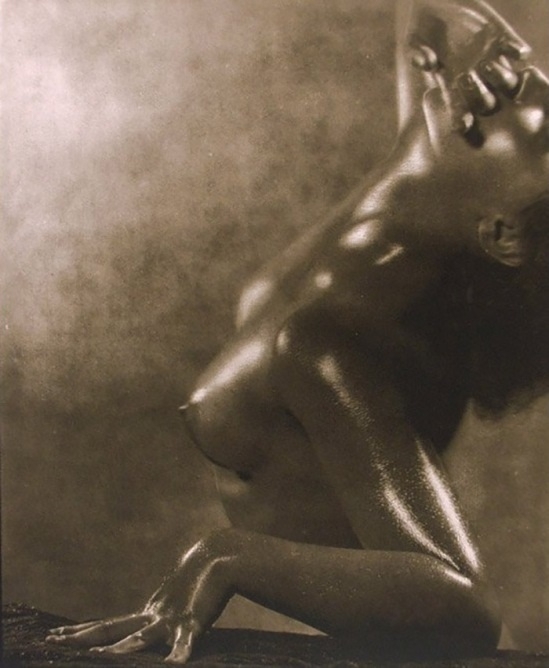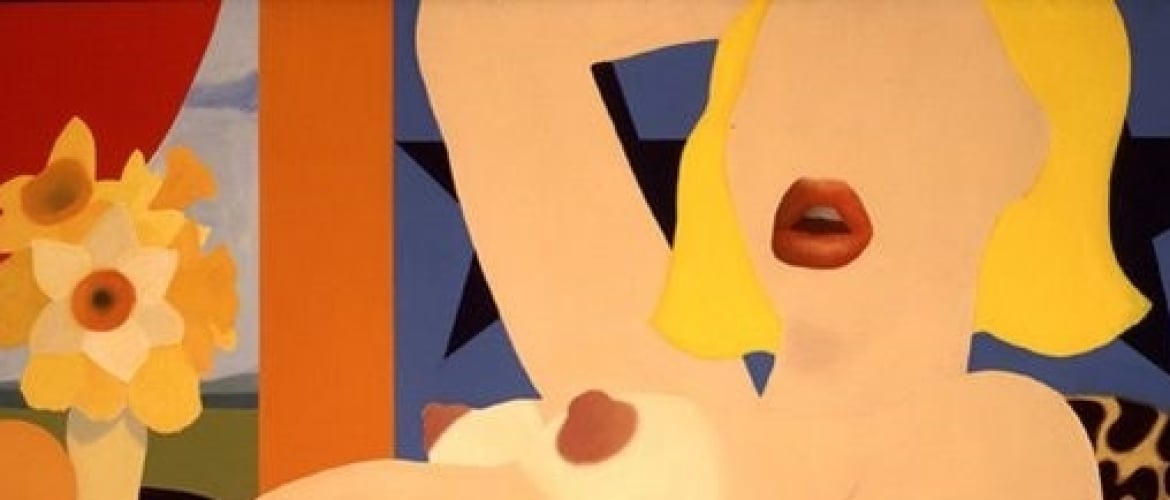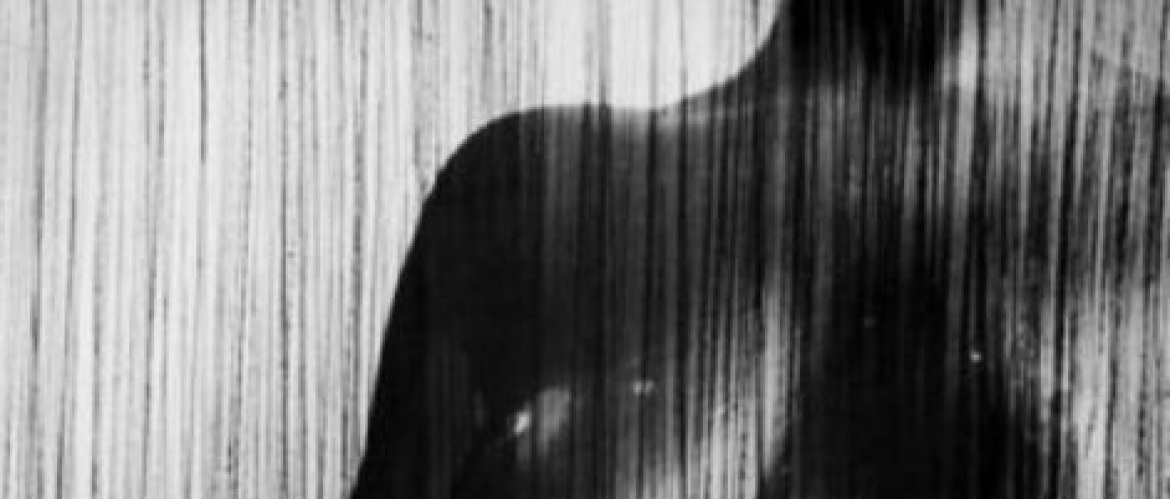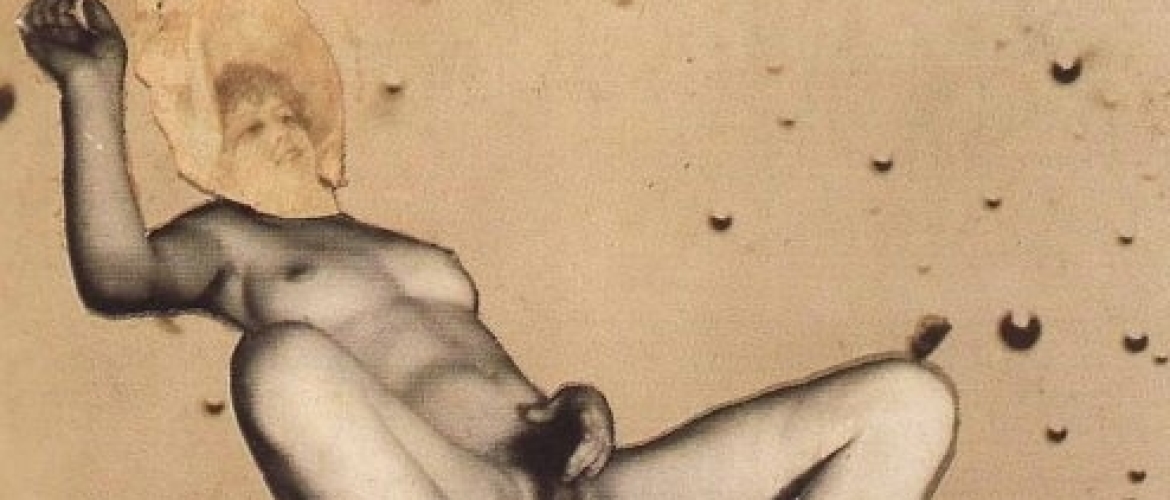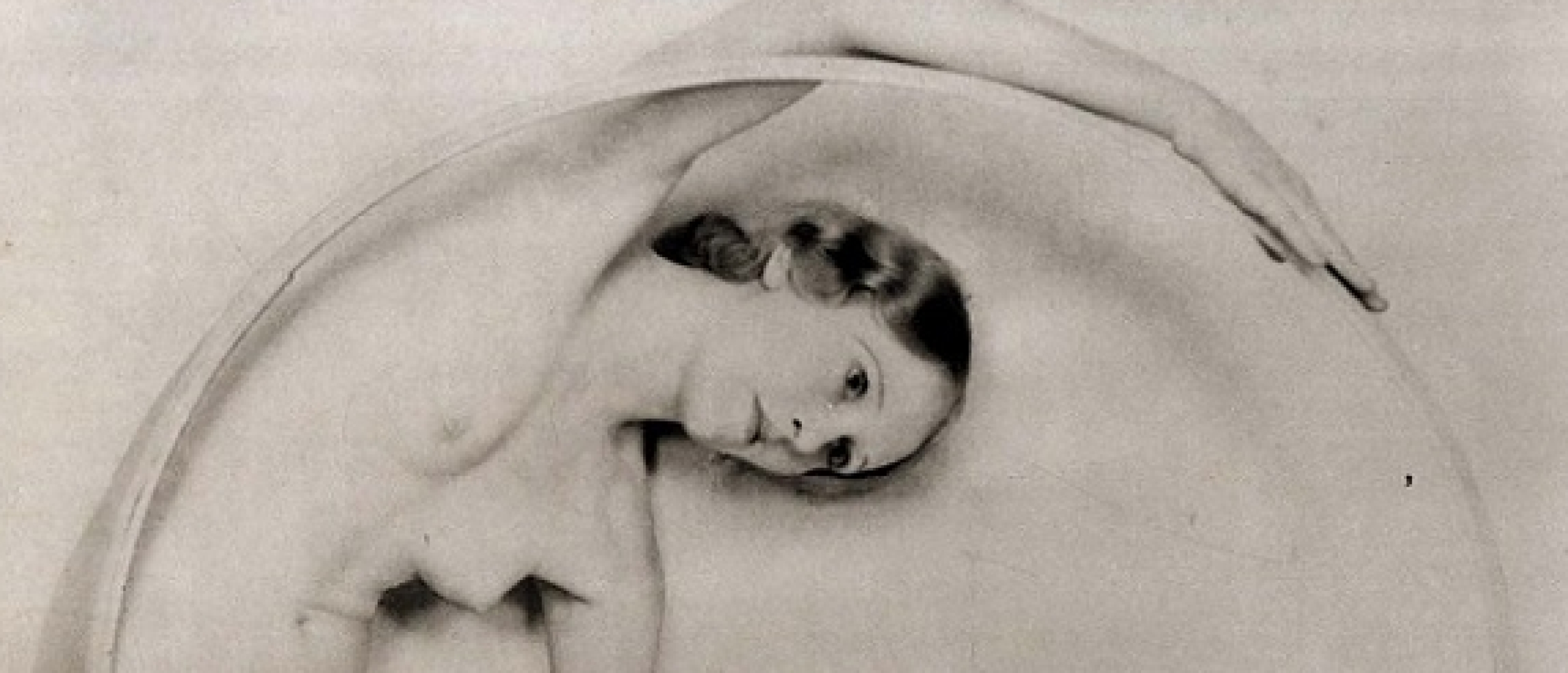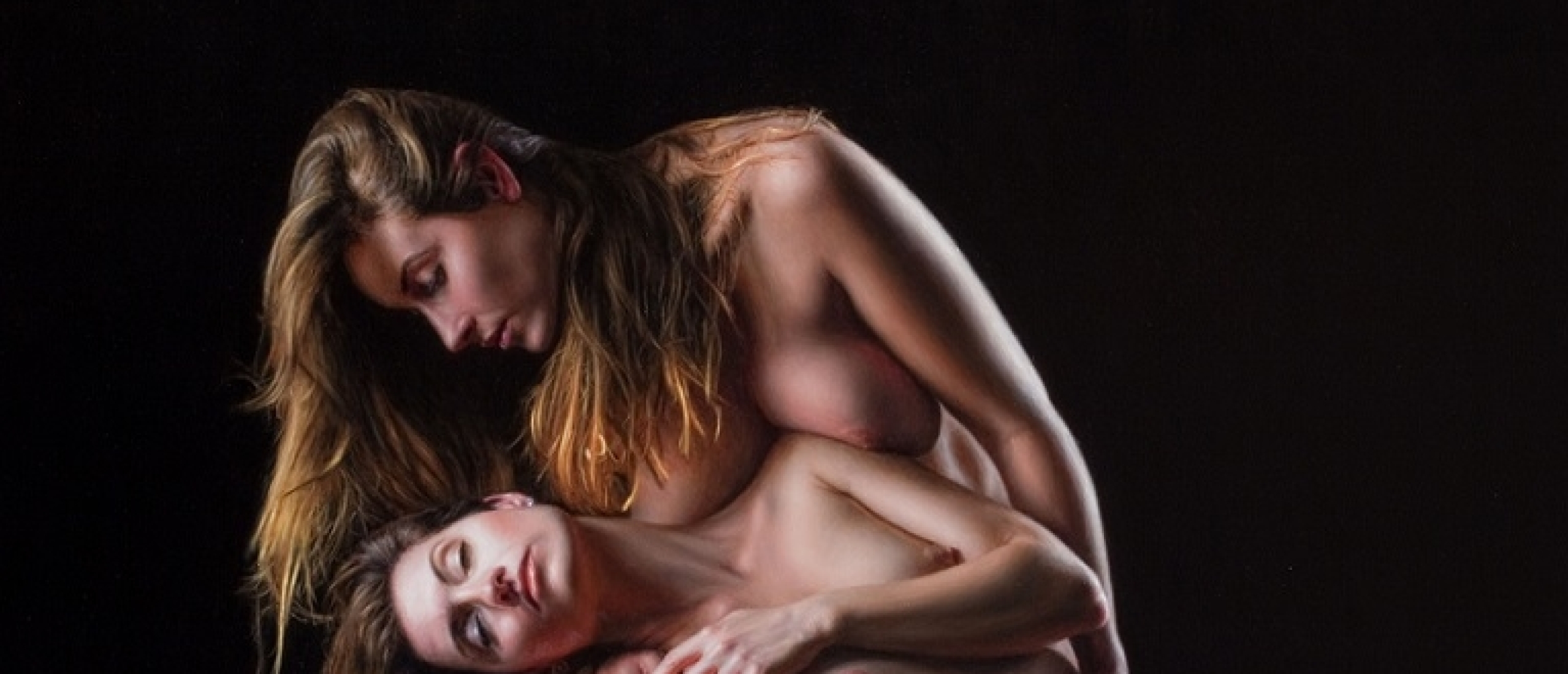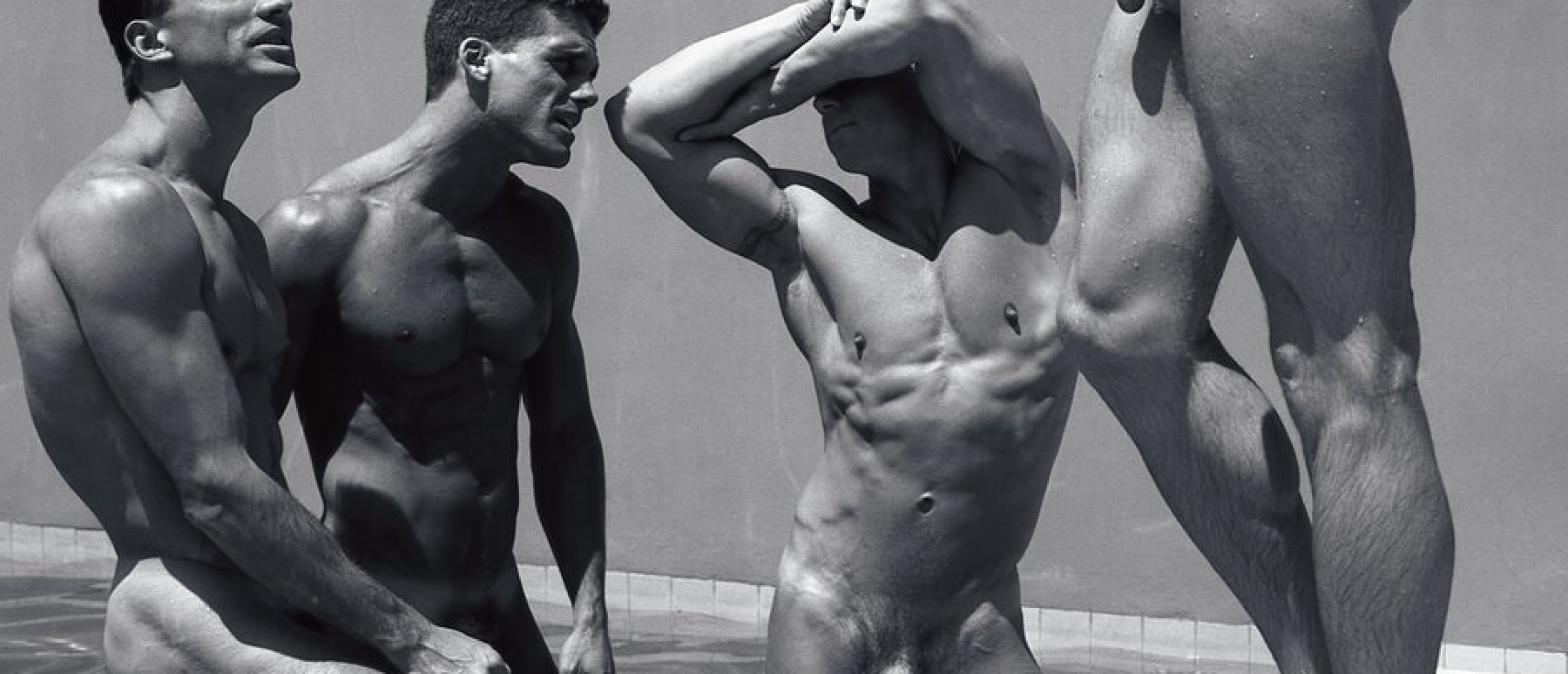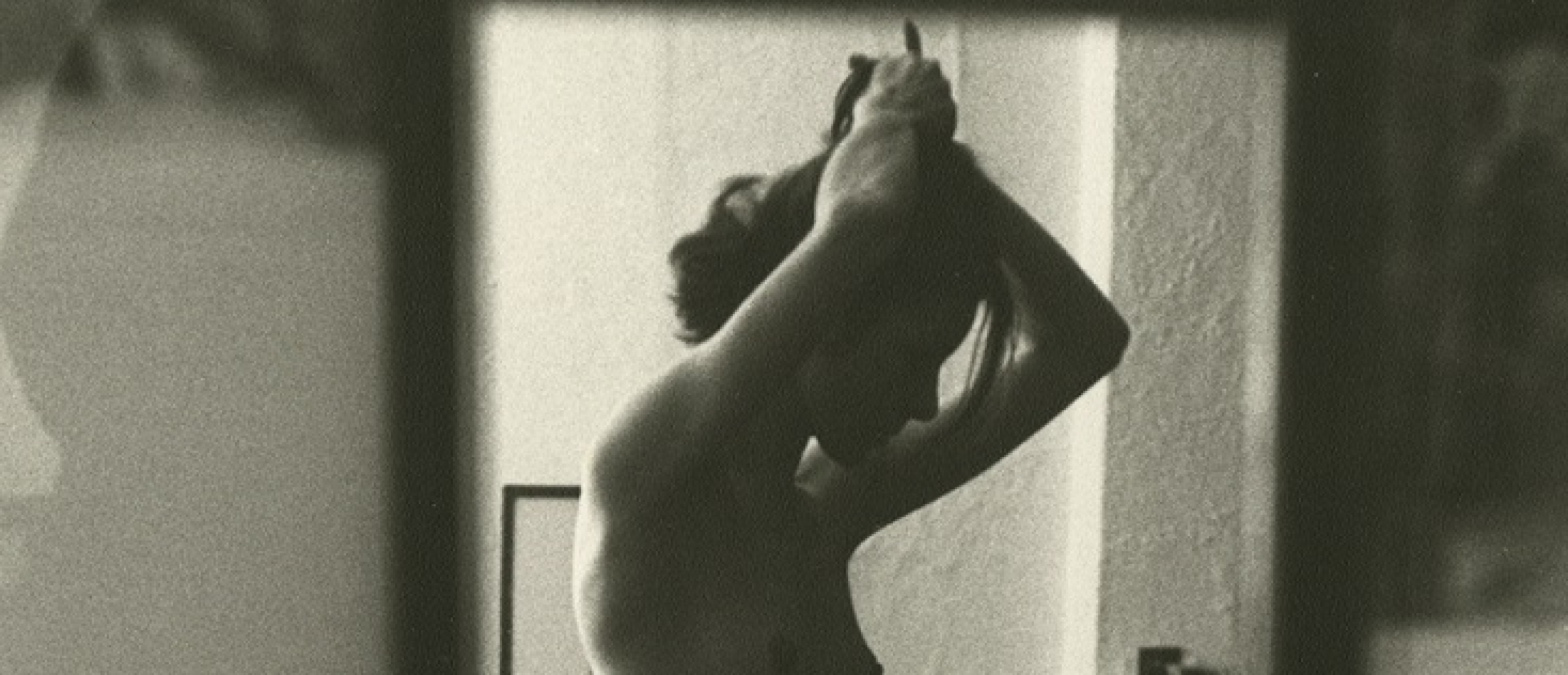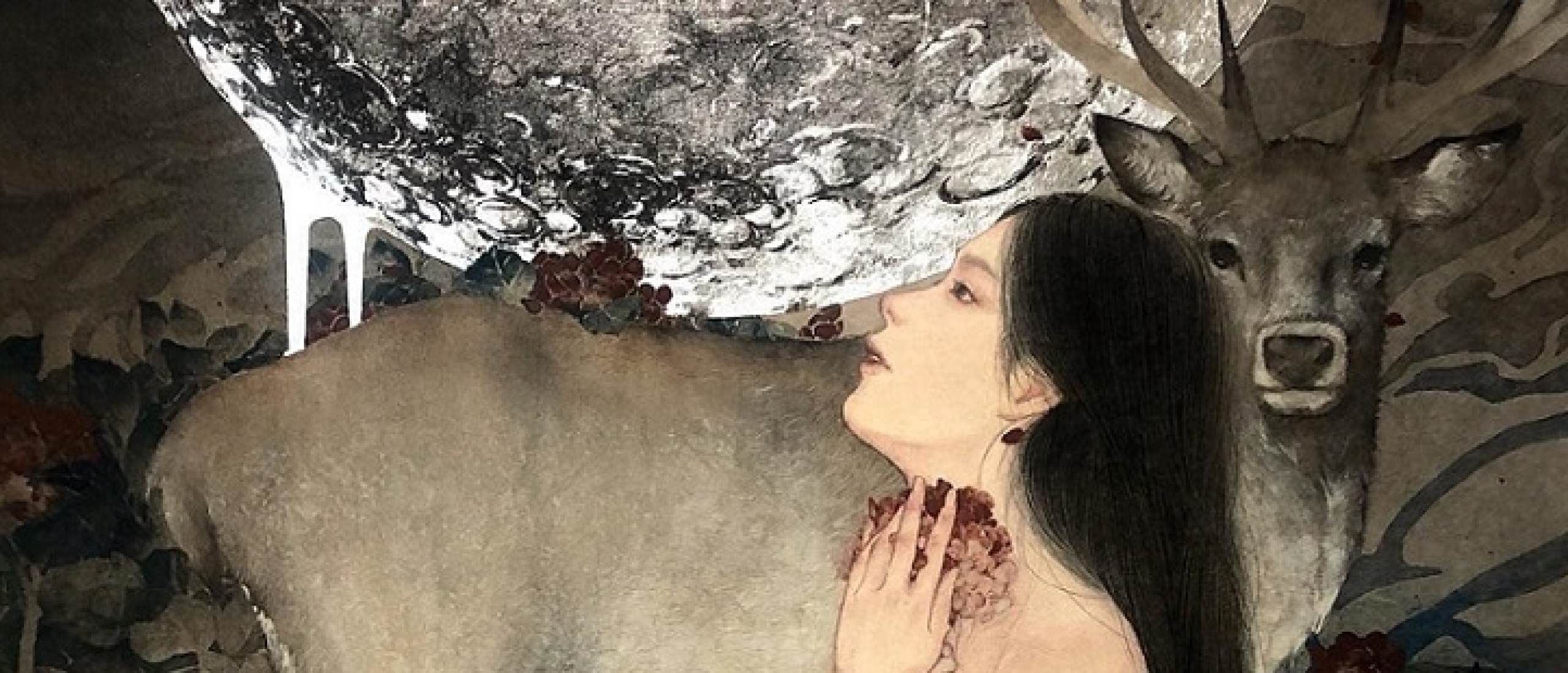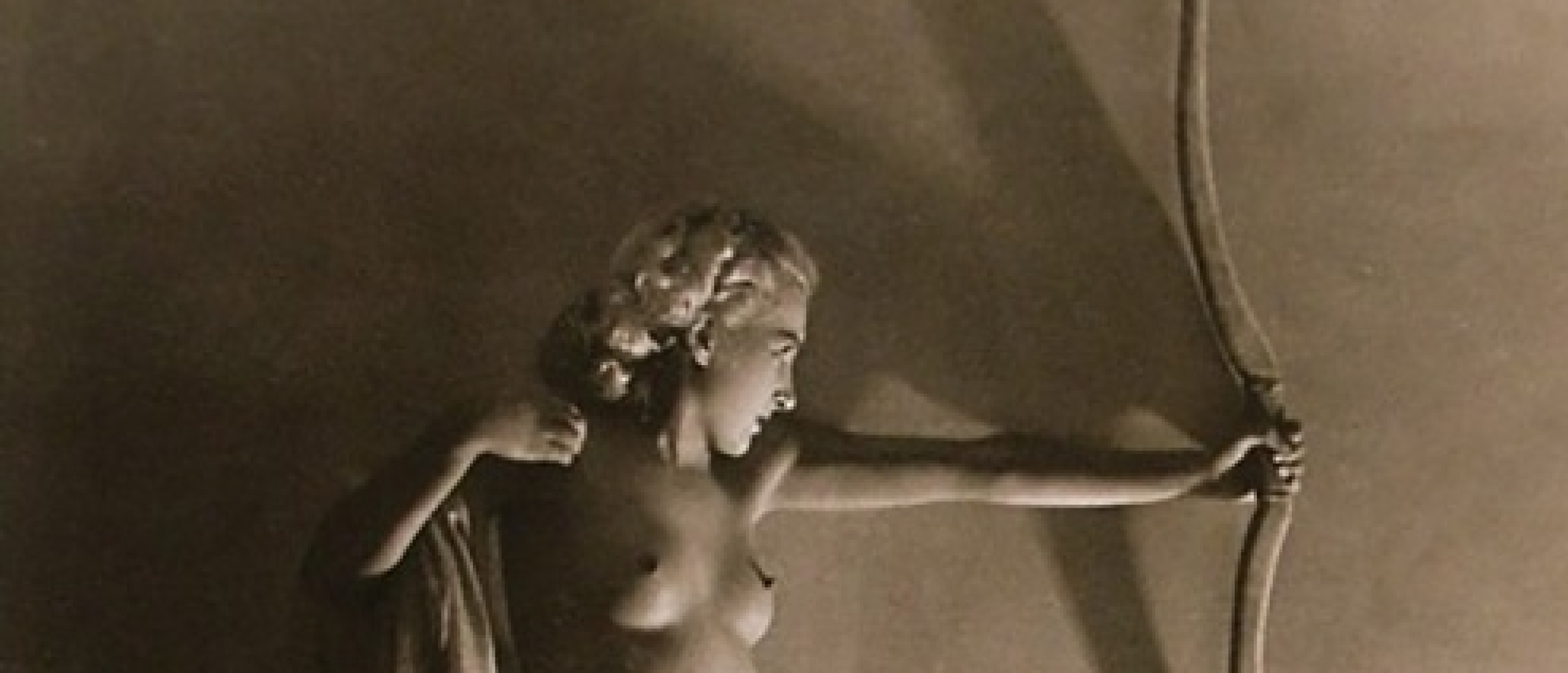
Walter Bird (1903-1969) was a British photographer who collaborated with John Everard and Horace Roye. The family wanted Bird to become an engineer, but, being interested in photography, he attained education at the Richmond Art School and later in Paris. As we've mentioned in our article on Everard's photography, the three founded the studio Photo Centre Ltd in 1939. The distinctive feature of Bird is his adherence to portraying the female body in motion. Roye showed pretty pin-up girls and sometimes made sharp predictions for the future like "Tomorrow's Crucifixion." Everard, playing with light and shadows, created sculptural nudes. Walter Bird often portrayed dancing nymphs or bacchantes that make the viewer recall beautiful and tragic Isadora Duncan.
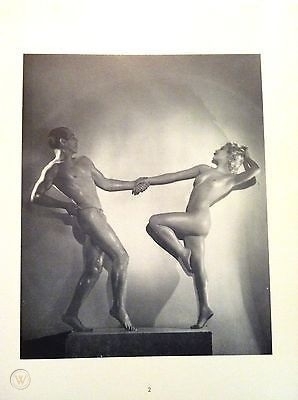
Fig. 1. Gaston and Andree Dance (worthpoint.com)
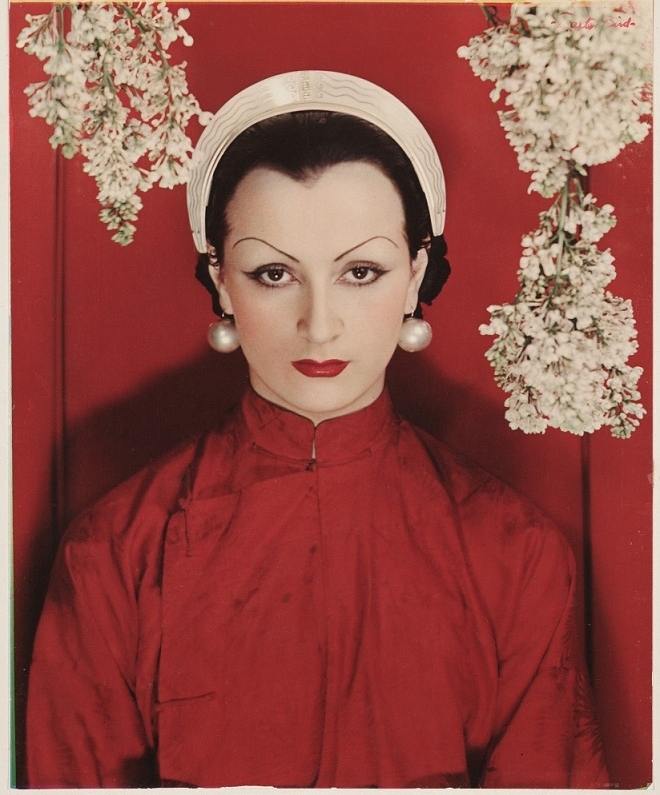
Fig. 2. Eastern Madonna, 1935 (wsimag.com)
Communism As a Woman
In the 1930s, Bird worked on advertising commissions and portrait photography, sharing his studio with photographer Joan Craven. His skills allowed him to contribute to such magazines as Theatre World and Tatler. Eastern Madonna, 1935, is one of the bright examples of that period. Communist Madonna dressed in red is attractive and dangerous at the same time. Her closed blouse excludes any forms of flirtation, but this closedness is compensated by an aggressively sexual makeup. Curiously, the combination of red, white, and black (grey) colors appears on the face, in clothing, and in the background (the red wall, the flowers, and the shadow). The bunches of white flowers belong to evergreen acacia symbolizing the immortality of the human soul, which correspondences to the religious concept of the image. As known, communist utopia promises us to bring the heavenly kingdom to earth. The femme fatale appearance of this promise evokes the ambiguous feeling of attraction and rejection.
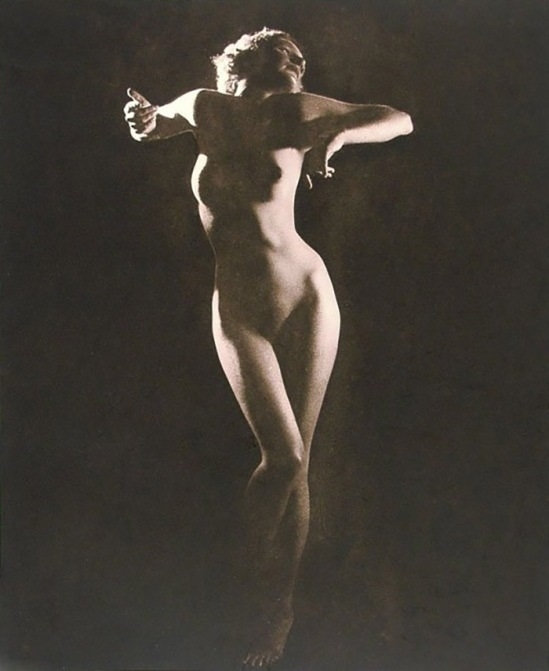
Fig. 3. Adolescence, 1938 (lapetiitemelancolie.wordpress.com)
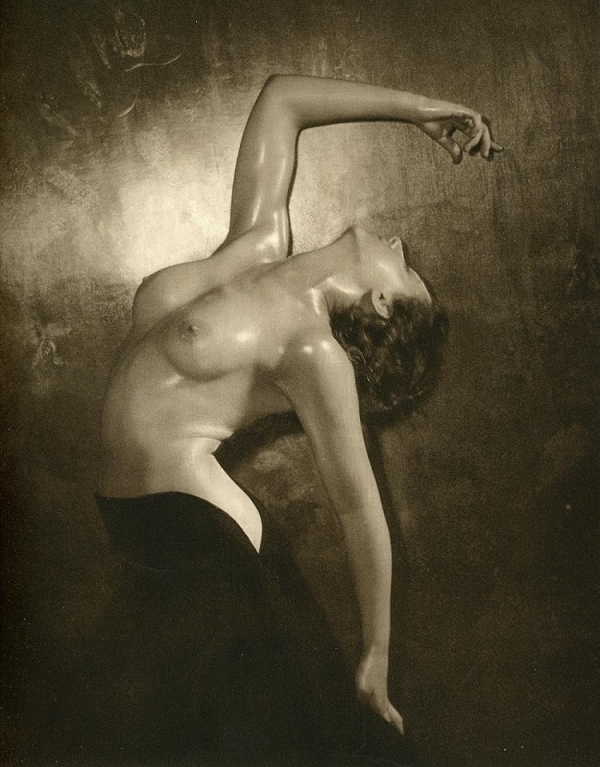
Fig. 4.
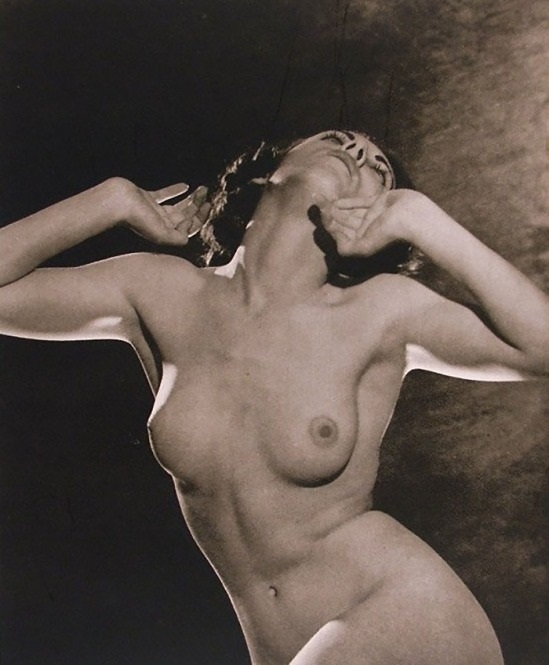
Fig. 5. April, 1938 (lapetiitemelancolie.wordpress.com)
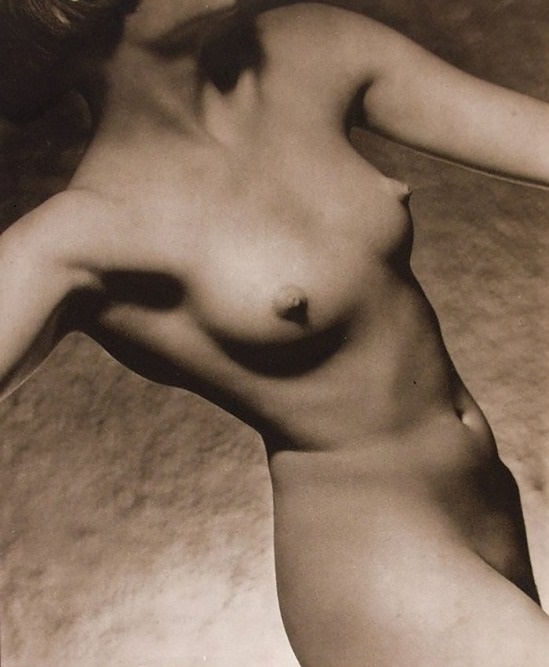
Fig. 6. Dancing Torso, 1938
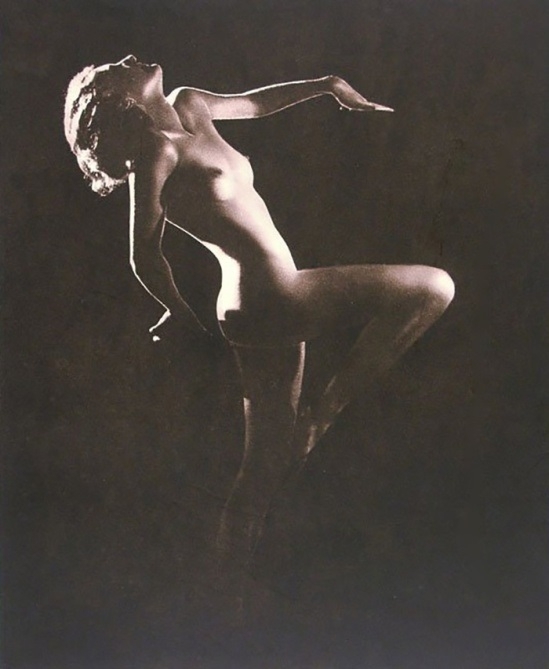
Fig. 7. Butterfly, 1938
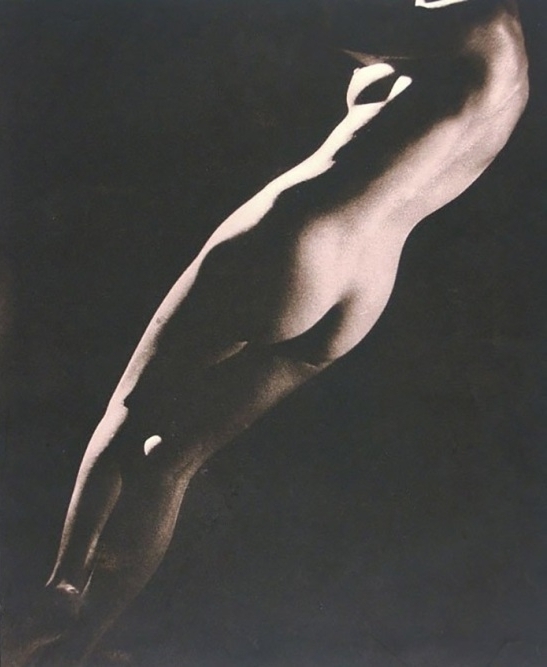
Fig. 8. Cocoon, 1938
